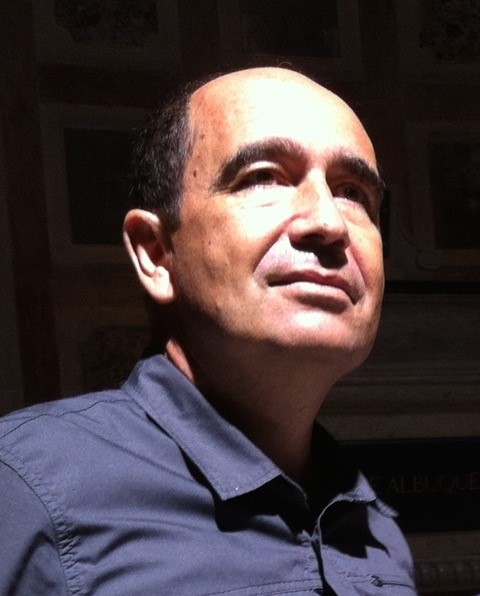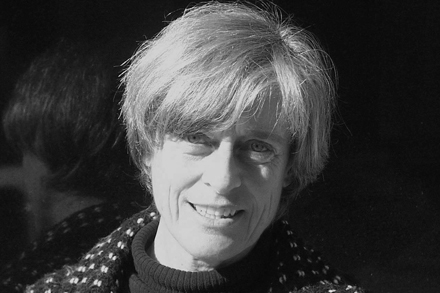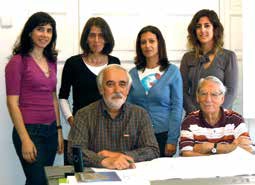A conversation with Arch. Paulo Cunha

A conversation with Arch. Paulo Cunha
‘The offices (…) that managed to restructure, (…) may come stronger from this conjuncture. The rest struggle (…) on an increasingly narrower wall. ’
What made you an architect and how would you describe your connection with customers and projects?
The interest in Architecture came mainly through drawing and, since I was young, my dazzle by the act of “building”. I found in Architecture the possibility of moving from the creative and abstract act of drawing to its materialization, which was fascinating and perfectly merged with my motivations. However, through my activity, I came to realize that the most stimulating fact of architecture is undoubtedly its enjoyment, its use and its potential to intervene and modify the lives of people, institutions or communities. The project always requires a set of choices and many decisions. It does not end with an innovative concept or a virtuous image. The notion of successive improvement is something we seek to convey to customers and this path is indispensable in the adaptation of the final result to their expectations. The computer applications that quickly allow us to have a preview of the final solution, realistically illustrated, subverted the process of reflection and decision that a project requires. The tools have truly evolved, but our “processor” remains the same. I belong to the “pre-CAD” generation in which the drawings stayed on drawing boards for several days and were constantly inspected, corrected and improved. We must not neglect this corrective function of the project.
The studio started in 1998. Tell us a little about the path and characteristics of AI.
The studio emerged as a natural evolution of a solid and continuous working relationship that I already had with the architects Francisco Freire and João Pernão, who, incidentally, were also my classmates and who are no longer part of the studio. With some projects in progress, we gathered resources and bet on a stronger structure, which would allow us to better respond to orders. There was a strong working relationship with a large group in the agri-food sector and we ended up being way more connected to private clients than to public ones. We grew and consolidated our performance, we completed some interesting projects and saw several ones built, such as the building in Travessa Conceição in Lisbon, CENFIC’s training center in Loures and the requalification of Praça da República in Elvas, which have served as a reference in our activity. We are a small studio. Any project is widely discussed and all employees, in one way or another, participate in its development. The initial structure of the studio favored some aesthetic diversity, but that never stopped us from finding a coherent language for our work. The approach to the projects, was always convergent and we always established great closeness and complicity with customers. It is commonsense, but it is also true: good projects are only achieved with good customers and good works with good contractors, and these are not easy conditions to achieve.
AI developed a project called “Divide to Value”. What does it consist of and what were the results?
The project is based on a common finding on many locations around Lisbon. The nuclei of houses built during the 20th century, for families that needed large houses or a second residence, are today under great urban pressure and real estate speculation. The aging of the original populations and the family transformations has highlighted the mismatch in the typologies of existing housing. The changes in the current urban parameters and some controversial real estate operations, have led to the replacement of the original houses and introduced profound changes in these complexes, reducing their landscape potential, indispensable as a counterpoint to the neighboring urbanizations with a high construction density. We propose, for each case, the transformation of existing houses into two-family or multi-family dwellings, always maintaining the original structure of the building and property. The local advertising of the project we did was well received and we were consulted, however, we have not yet completed any of these projects.
One aspect of the AI is rehabilitation. Do you think that a good job has been done at this level?
Urban rehabilitation had a strong boost in recent years, clearly visible in cities like Lisbon. Many initiatives were left behind that helped to benefit and preserve buildings but failed to renovate city centers. The reality seems now quite different, with dynamics that include and value isolated interventions. Good examples of rehabilitation, both private and public, are frequent and positively influence other promoters and interventions. Tourism and the socio-cultural centers of the city came to benefit the economic viability of the enterprises and help to revive degraded areas and in population recession. Companies have adapted and there are now better products and technical solutions for rehabilitation. Architects and designers in general specialized their knowledge and have more suitable solutions to present. With the help of autarchies and central administration, this movement will certainly have positive results for urban communities, however, it is essential that citizens and institutions are involved in the whole process.
How do you see the current context of architecture in Portugal?
A few years ago, in a jury of professional aptitude for drawing technicians, a candidate, a collaborator in a studio in a small rural town, told me that he had designed about 150 houses and small businesses in just one year! This is an issue that remains current. The project made by architects remains, in some local or socio-cultural contexts, an exceptional situation. Today, there are the difficulties of the real estate sector and the restrictions on public and private investment that exposed the fragile reality of many offices, without margin and forced to dismiss their employees or even to close. We are still feeling this tendency and it is not easy to see what will come next. The offices that maintained their activity, that design abroad, that concentrated in growing areas and that managed to restructure embracing the current conditions, may come stronger from this conjuncture. The rest struggle with less and worse orders and unworthy fees and try to balance themselves on an increasingly narrower wall.
This interview is an integral part of Revista Artes & Letras # 67, September 2015
Partially automatic translation from portuguese: some expressions may differ from their actual meaning.
News & Interviews
Betar is one of the members of the ‘Construction Foundation’
The Order of Engineers, the Order of Architects and the Order of Economists have joined 14 construction-related companies to create a foundation to respond to the sector's challenges. Read more
A conversation with Arch. Cristina Salvador
'The experience at Namibe was how to get to the bottom of the issue, to what's not covered with anything else.' Read more
A conversation with Arch. Matos Veloso and Arch. Gomes Ribeiro
'I lived in Africa for many years but I was not forced to emigrate. At this moment, it is in Mozambique that the possibility of exercising the activity is.’ Read more




